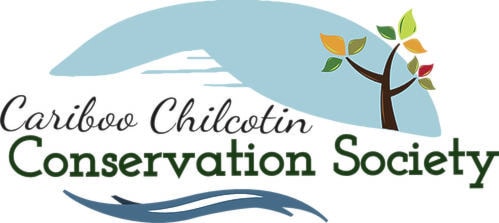By now, you have probably heard of the garbage ‘islands’ that have been reported in oceans where currents concentrate the world’s plastic habit (described as massive, country-sized regions of plastic soup).
You may also have seen pictures of turtles eating plastic bags, birds with plastic beer rings stuck around their necks and dead albatross chicks with intestines full of bottle caps and lighters.
You might have heard of aquatic organisms at the bottom of food chains full of minute particles of plastic, passing the plastic and the attached toxins further up food chains. You could also have seen pictures of microscopic organisms entangled in plastic fibres.
While these have been worrying stories with no easy solutions, they can still seem like distant issues, somebody else’s problem. However, as elementary students learn in Grade 2 when they study the water cycle, everything is interconnected by water. It is the same water that is constantly moving around the planet as oceans, rivers, underground, clouds, and through plants and animals including humans. Which means it was predictable, but no less alarming, that plastic fibres have now been found in tap water in 83 per cent of 159 Cities tested world- wide. (https://www.pri.org/stories/2017-09-05/if-youre-drinking-tap-water-youre-consuming-plastic-pollutants)
Water that is used to cook, drink, make food products, make coffee and mix up baby foods.
That means it is almost inevitable that millions, if not billions of humans are now consuming a daily dose of plastic fibres. What is not known yet is what long-term effect this may have on humans, though it is well known that plastics attract other toxins, so these travelling fibres could be shuttling other chemicals throughout the planet’s water supply.
This is early science still. No one knows for sure where all these fibres come from. Some originates as fibres from synthetic clothing discharged in wastewater from washing machines, others may be airborne before they hit water bodies. The tap water sampled crossed continental and demographic lines; from New York to Europe to Ecuador with positive samples found everywhere. It is pretty safe to assume that these early findings will just be the tip of the iceberg.
What is becoming clear is that humans are now facing the consequences of our own air, soil and water pollution as more of it enters our own bodies.
A couple of grades after they have learned about the water cycle, elementary students learn about ecosystems, food chains and food webs.
Maybe plastic coming out of taps will be the wake- up call we really need to remind us what we first learned when we were nine years old; that everything on the planet is interconnected and that includes us.
Continuing blindly onwards on our current path not only threatens almost every species on the planet, but ultimately the very same life support systems that also sustain us.
Conservation Tip of the Month: Celebrate World Water Day this year by using reusable water bottles (avoid single use water bottles), reusable lunch containers (avoid ziplocks) and reusable grocery bags to significantly reduce your plastic consumption.
